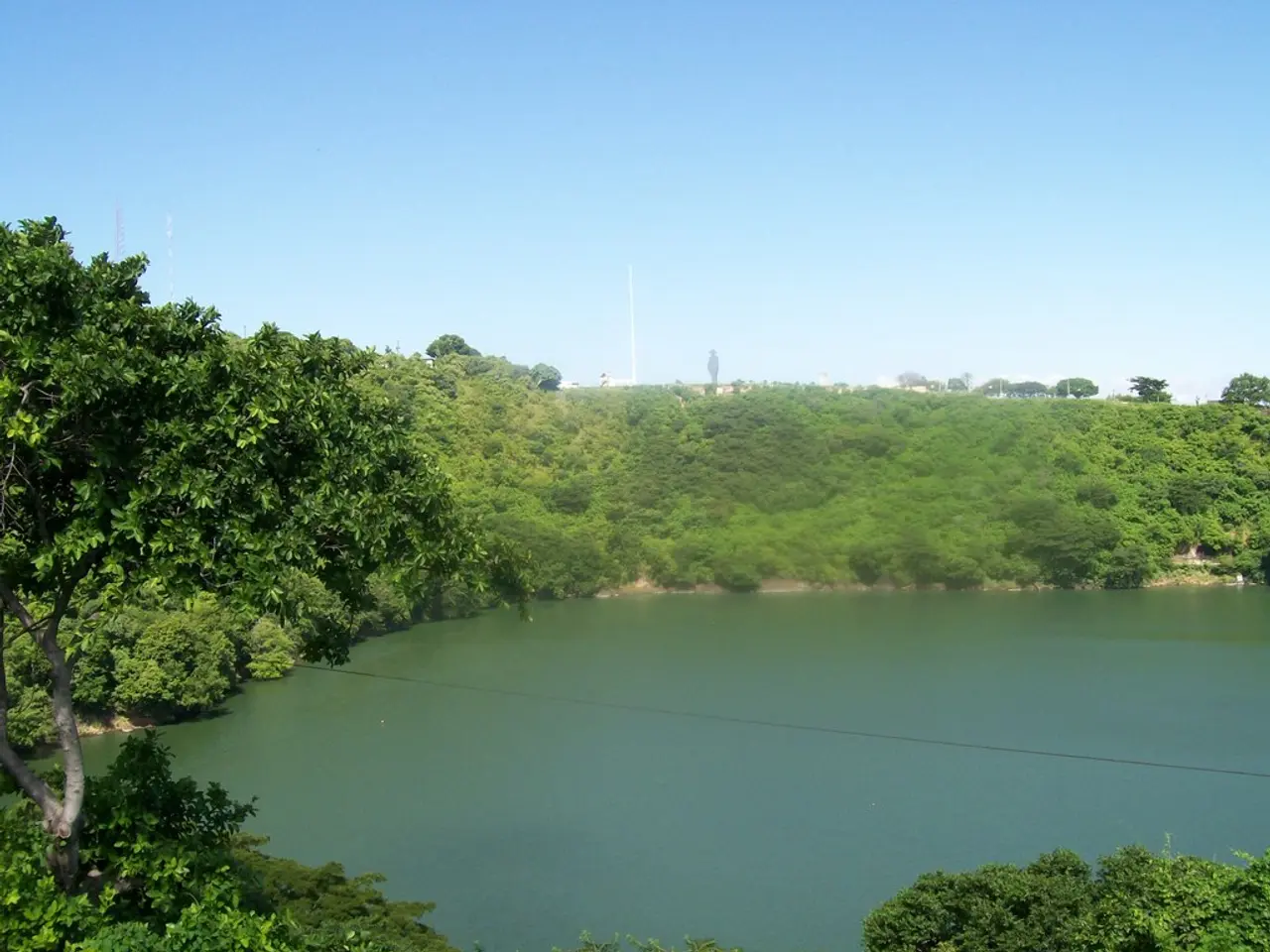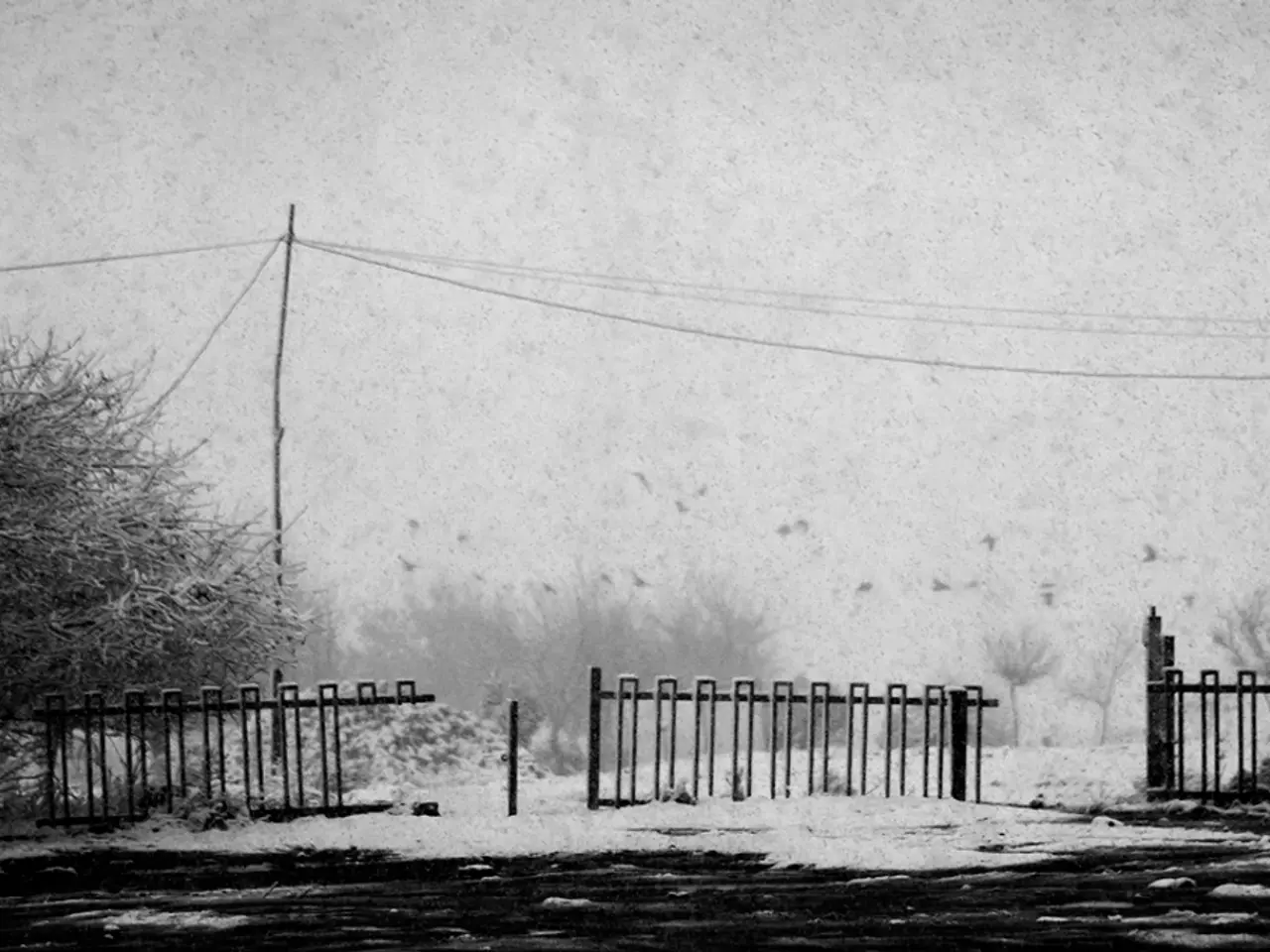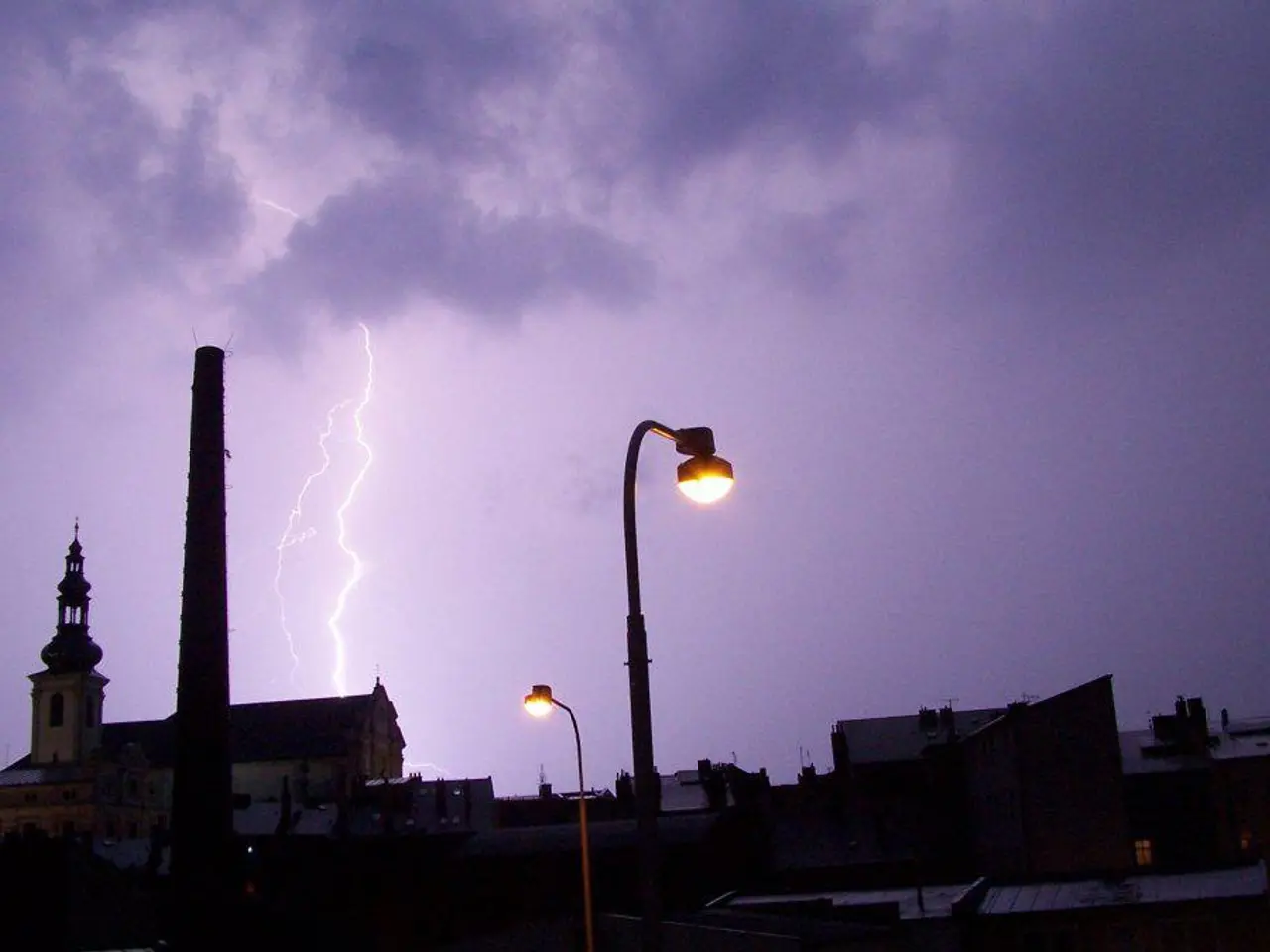Dramatic Alteration to Earth's Atmosphere Responsible for Severe Climate Events
The powerful weather phenomenon known as atmospheric rivers (ARs) play a crucial role in the precipitation patterns of the U.S. West Coast. However, a recent study published in Science Advances in October of 2024 reveals that these systems are moving and drifting away from the equator, potentially causing significant changes to the region's weather patterns [1].
## Implications of Atmospheric River Shift
The shift in ARs could lead to several consequences for the U.S. West Coast:
1. **Changes in Precipitation Patterns**: As ARs move poleward, they might deliver less moisture to the West Coast, potentially leading to drier conditions. This shift could exacerbate droughts, especially if the region experiences fewer AR events [2]. Altered seasonal patterns could also disrupt the natural balance of seasonal precipitation that many ecosystems and agricultural systems depend on.
2. **Increased Flood Risk in New Areas**: While the West Coast might experience fewer AR events, areas further north could see an increase in these powerful storms. This could lead to more frequent and severe flooding in regions that are not historically prepared for such events. The shift could also change the distribution of moisture, potentially leading to more intense AR events in areas that are less accustomed to them, increasing flood risks.
3. **Impact on Water Supply**: A reduction in AR events impacting the West Coast could lead to reduced water supply, affecting both urban and agricultural needs. This might necessitate more efficient water management strategies to mitigate shortages. Changes in precipitation patterns could also impact hydroelectric power generation, potentially affecting energy supply and demand.
4. **Ecosystem Disruption**: The alteration in precipitation patterns could disrupt local ecosystems, affecting both plant and animal species that rely on predictable moisture levels for survival. This could lead to changes in biodiversity and ecosystem resilience.
5. **Economic and Social Consequences**: The potential for droughts and altered precipitation patterns could have significant economic impacts on agriculture, forestry, and other sectors dependent on stable water supplies. The social implications could include increased stress on communities, particularly those that rely heavily on water resources for livelihoods.
## Conclusion
The poleward shift of atmospheric rivers could lead to a complex set of consequences for the U.S. West Coast, ranging from altered precipitation patterns to significant economic and environmental impacts. Understanding and adapting to these changes will be crucial for managing resources and mitigating potential risks.
On the West Coast, atmospheric rivers have been causing havoc, leading to flash floods, knocking down trees, and triggering mudslides [3]. The destructive effects of these weather events highlight the importance of preparedness and resilience in the face of a changing climate.
[1] Science Advances, 2024. [2] National Oceanic and Atmospheric Administration. [3] National Weather Service.
- The shift in atmospheric rivers could potentially disrupt environmental-science studies, as altered precipitation patterns may impact the long-term observations and predictions about weather and climate-change.
- The poleward drift of atmospheric rivers could lead to unexpected weather patterns, raising concerns in the scientific community about the potential impact on the overall health of the environment.
- As atmospheric rivers play a crucial role in the weather patterns of the U.S. West Coast, the recent discovery of their movement away from the equator has increasingly become a topic of interest in the scientific study of weather and climate-change.








